Huawei Ecosystem's 'Working Emperor' Dilemma: Thalys' Quest for Independence Amidst OEM Constraints
![]() 04/09 2025
04/09 2025
![]() 496
496
Relying on Huawei has catapulted Thalys, once an obscure player, into the limelight with significant profits last year.
Recently, Thalys unveiled its 2024 financial results, boasting revenues of 145.175 billion yuan, a staggering 305% year-on-year increase, equivalent to earning 400 million yuan daily. This remarkable performance marked an end to five consecutive years of losses, with a net profit of 5.946 billion yuan.
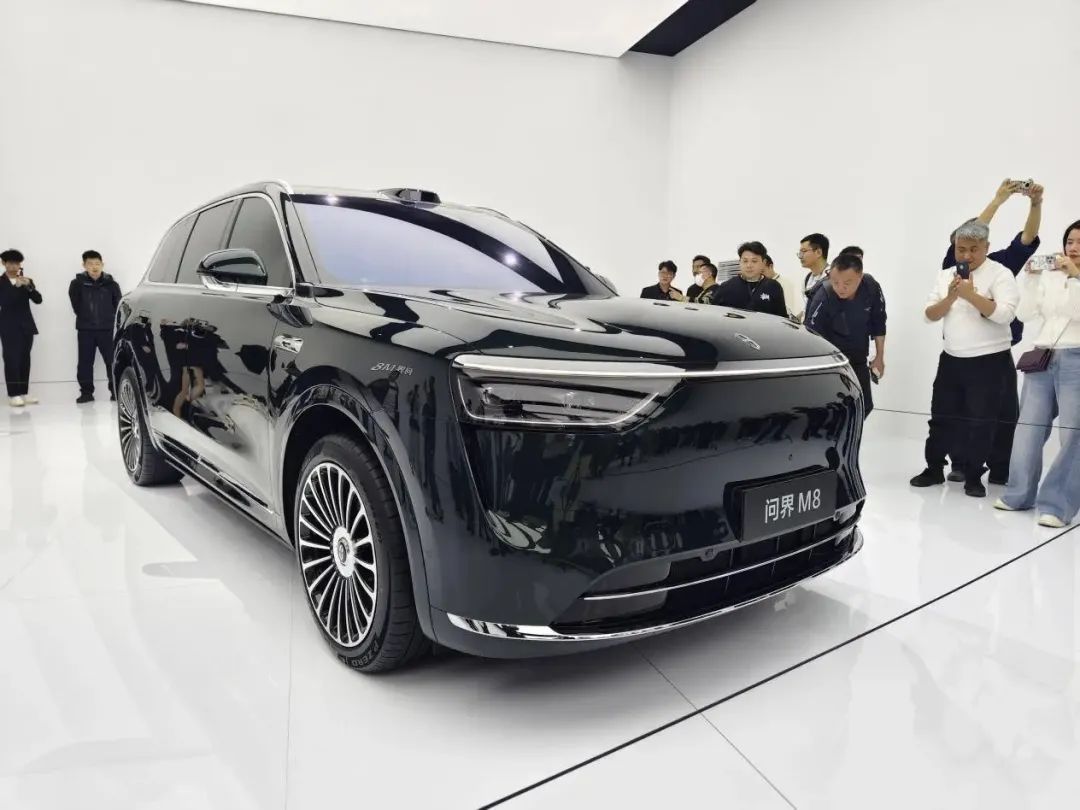
As the pioneer in adopting Huawei's Smart Selection model, Thalys initially faced ridicule but has since emerged victorious, proving its strategic acumen. However, its brief period of elation was swiftly replaced by a harsh reality.
Entering 2025, Thalys' sales plummeted by nearly half for three consecutive months, with the AITO M9, M7, and M5 witnessing substantial declines, contrasting sharply with other emerging automotive brands.
The Huawei aura surrounding AITO is gradually dimming.
In the first quarter of this year, Thalys' cumulative sales of new energy vehicles totaled 54,552 units, a year-on-year decrease of 42.47%. Sales declined by 47% in January, 46% in February, and 45% in March, marking three consecutive months of near-halving sales and contrasting sharply with competitors who remained in the top tier.
Conversely, AITO's direct rival, Li Auto, reported increased sales in March and the first quarter.
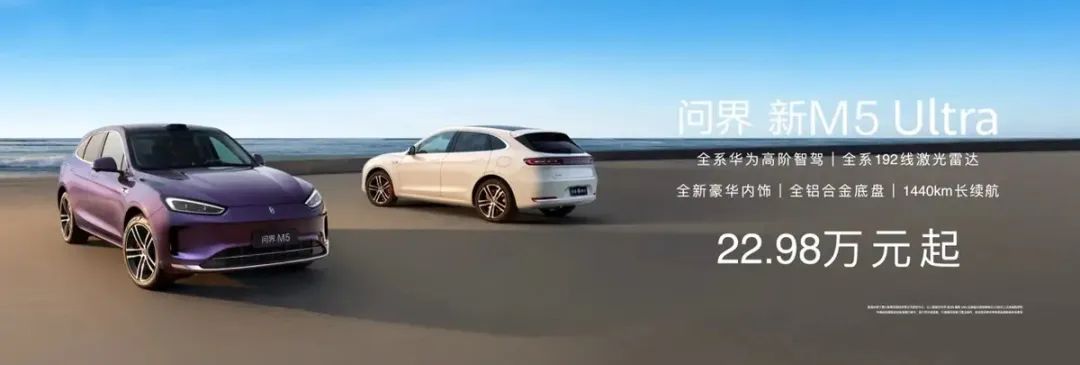
Li Auto sold 36,674 vehicles in March, nearly tripling AITO's monthly sales. From January to March, its cumulative sales reached 92,864 vehicles, more than double AITO's sales during the same period, with year-on-year growth.
Industry analysts attribute Thalys' decline to waning cost-effectiveness and Huawei's expanded cooperation with other automakers, suggesting that Thalys' 'Huawei aura' is fading.
Data indicates that from January to February this year, AITO M7 sales totaled 13,647 units, a significant year-on-year decrease of 73.3%. In February, M9 sales returned to over 5,000 units, similar to its initial launch a year ago. AITO's sales decline is evident, and it urgently needs the next blockbuster model to sustain its reputation, currently relying heavily on the M9.
To bolster product competitiveness, Huawei scheduled the release of the AITO M8 in April. Recently, Yu Chengdong, Executive Director and Chairman of Huawei's Terminal BG, shared a poster announcing that pre-orders for the AITO M8 have surpassed 100,000 units. Yu Chengdong expressed gratitude, stating, 'Thank you to the 100,000 families who have chosen and supported us! The AITO M8 will gradually enter 800 stores nationwide.'
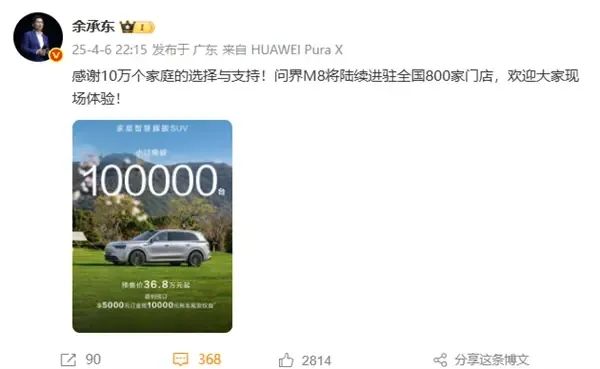
The AITO M8, priced from 368,000 yuan and set to launch in April, positions itself as a family-oriented smart flagship SUV. It bridges the gap between the AITO M7 and M9, offering similar intelligent driving and cabin features but at a 100,000 yuan cheaper price point.
From AITO's product line perspective, the M8 launch aligns with Huawei's cost-effective strategy, aiming to replicate the M9's success with a lower price. However, as 2025 unfolds, intelligence and price wars reshape the domestic new energy vehicle market, casting uncertainty over the AITO M8's longevity.
Currently, AITO, having achieved profitability through 'Huawei Intelligent Driving,' faces the fading of Huawei's 'aura.' On one hand, domestic automotive intelligence competition intensifies; on the other, besides AITO, HarmonyOS Intelligent Driving has 'incubated' brands like Zhijie, Xiangjie, and Zunjie, broadening its 'circle of friends' and diminishing AITO's sole beneficiary status.
Thalys is powerless to break the 'working emperor' dilemma.
To reverse the sales decline, in addition to the all-new M8, AITO launched the AITO M5 Ultra and the 2025 version of the M9 in late March, with price reductions. Evidently, AITO seeks to regain consumer interest and reverse the decline with affordable new models.
However, Thalys cannot lead these rescue measures; everything must adhere to Huawei's directives.
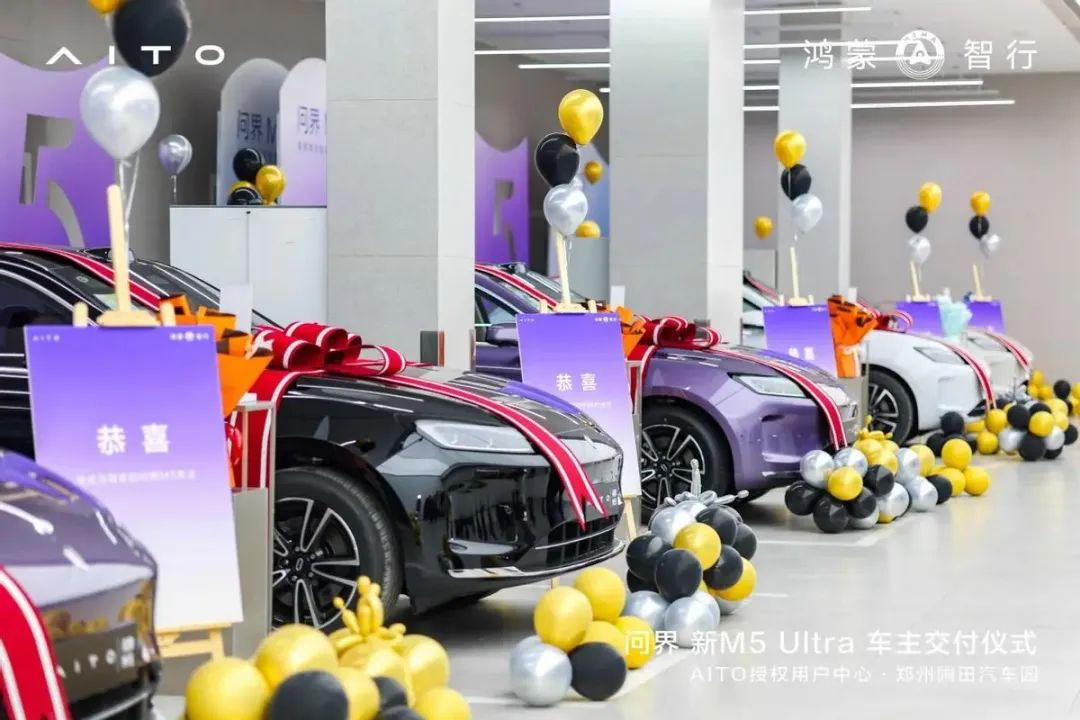
Despite Thalys' revenues exceeding 100 billion yuan, its profit margin stands at only 4.1%, significantly lower than Tesla's 15.4% and even half of NIO's 8.4%, which focuses on affordable vehicles. This reveals the opaque profit distribution mechanism under the Huawei cooperation model, where Thalys, as an OEM, has limited bargaining power and struggles to secure a reasonable share from premium models, highlighting the drawbacks of its OEM model.
Of course, bargaining power is essential for Huawei cooperation. Without Huawei's guidance, Thalys wouldn't be where it is today, which is understandable. However, amidst a fiercely competitive new energy market, the shortcomings of AITO's OEM model are increasingly apparent.
AITO's brand models rely heavily on Huawei's product strength, but Huawei must also support other automaker partners. For instance, AVITA secured the first launch right for HarmonyOS Cabin 4.0 in 2025, exposing AITO's replaceability within Huawei's ecosystem.
Moreover, AITO has transitioned from being Huawei's sole focus to one-quarter of its portfolio. Last year, AITO contributed nearly 90% of HarmonyOS Intelligent Driving's sales, but in February 2025, Zhijie accounted for 40% of total sales, while AITO's share fell to 53%, underscoring the fierce internal competition within HarmonyOS Intelligent Driving.
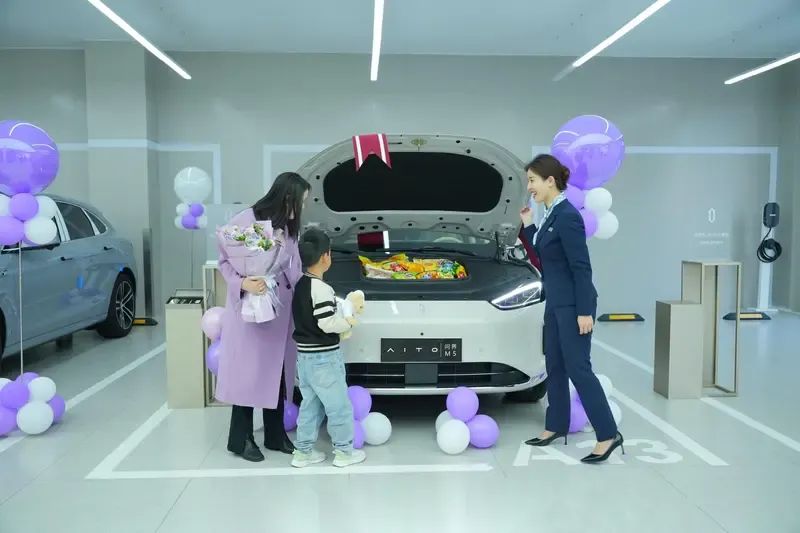
Currently, Huawei's marketing focus is shifting towards Xiangjie and Zhijie. Yu Chengdong, despite being a key figure, must allocate market and technology resources among various 'Jie' brands. Coupled with collaborations with SAIC and GAC, Huawei's resources are stretched thin. Even though AITO remains the mainstay, Huawei's aura cannot perpetually shield AITO.
In contrast, other emerging automakers exhibit greater flexibility in responding to market changes.
XPeng and Li Auto are examples of new force automakers that have swiftly adapted to market shifts.
XPeng has effectively controlled vehicle production costs, establishing a brand identity of low prices and high technology. Its P7+ and MONA M03 have gained recognition in niche markets, making it the sales champion in the first quarter.
Faced with M7's impact, Li Auto promptly introduced the L6, stabilizing its position in the top tier. To achieve incremental growth, it has initiated channel reforms, emulating mobile phone manufacturers and using Huawei's tactics against it, forming Li Auto's growth strategy.
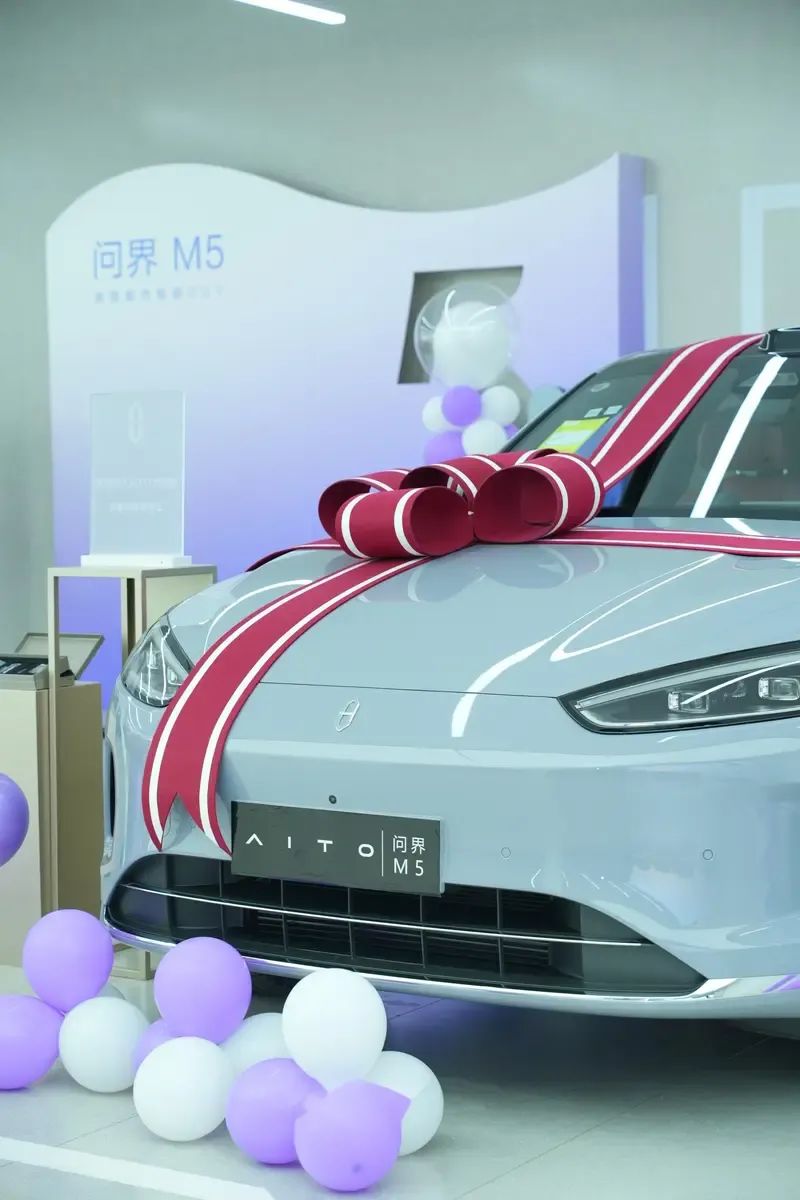
Such positive internal changes are absent in the AITO brand. AITO merely awaits Huawei's product, marketing, and sales plans, with Thalys largely playing the role of an unconditionally obedient partner.
However, being an OEM does not diminish the market's recognition of one's technology roadmap and business model.
The day after releasing its 2024 financial report, Thalys announced plans to list in Hong Kong, aiming to raise capital and increase shareholding in its subsidiary Thalys Automobile while introducing strategic investors. The total additional funding does not exceed 5 billion yuan.
After years of market cultivation and Huawei's technological infusion, the AITO M9 topped the sales chart for luxury cars priced at 500,000 yuan. Behind this meteoric rise from four years of 10 billion yuan losses to a 200 billion yuan market value lies the double-edged sword of Huawei's ecosystem: reshaping the automotive industry's valuation imagination and supply chain dilemma.
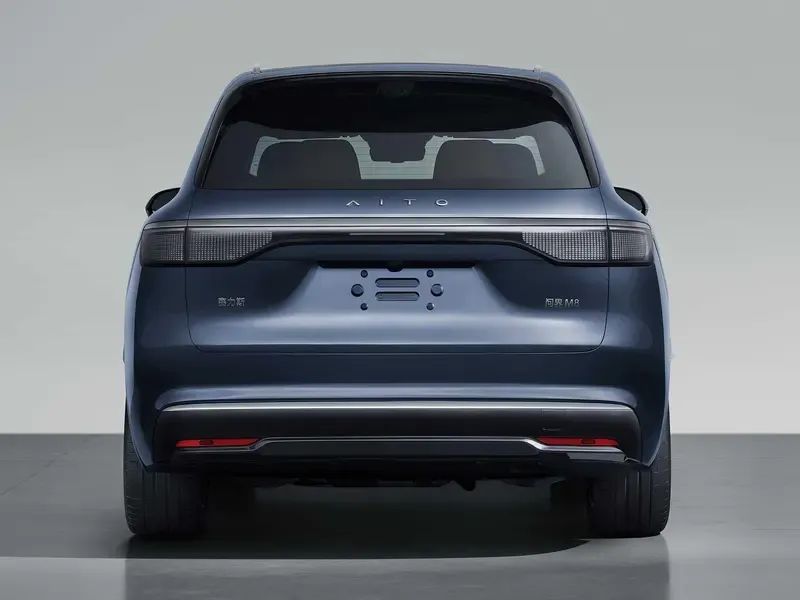
Thalys' current predicament mirrors the inherent contradictions of the 'technology supplier-led' model in the new energy vehicle industry chain. While short-term momentum fuels rapid growth, enterprises lacking long-term core competitiveness eventually become ecological vassals.
For Thalys, whether it can transition from an 'OEM' to a 'co-creator' within Huawei's ecosystem will determine its fate beyond being a 'working emperor.' However, judging by its revenues, Thalys may not internally reject this 'working emperor' fate after all, as profitability remains the ultimate goal.







